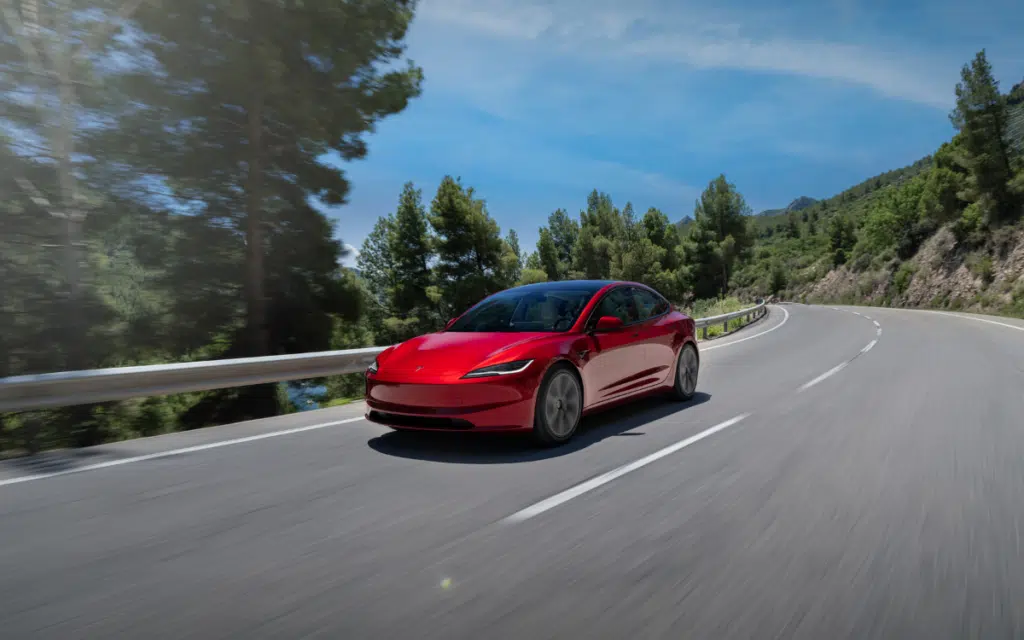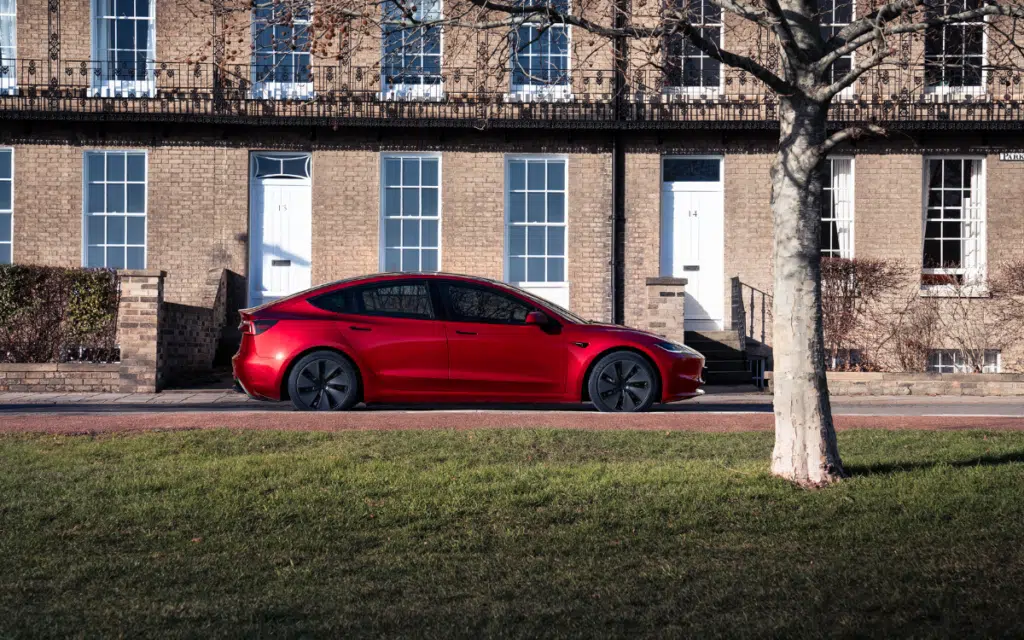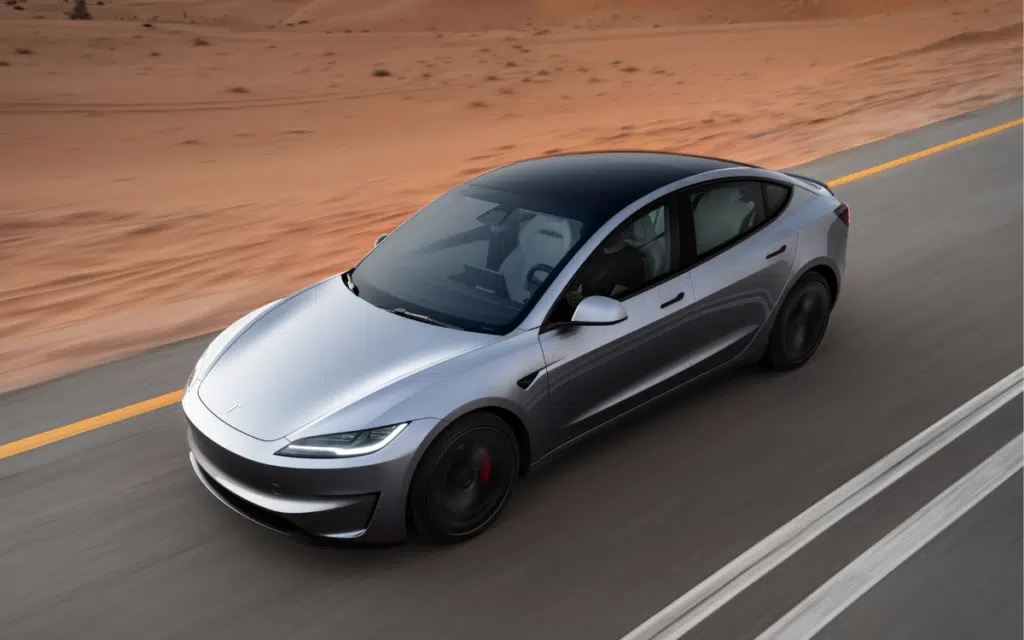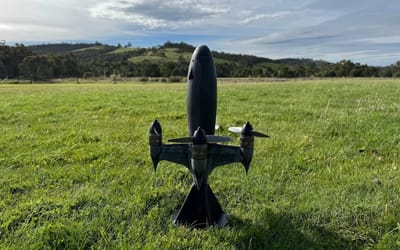Tesla driver makes startling discovery about his Model 3 Performance after four years of owning the car
Published on Aug 01, 2025 at 2:00 AM (UTC+4)
by Callum Tokody
Last updated on Aug 01, 2025 at 4:23 PM (UTC+4)
Edited by
Callum Tokody
A Tesla Model 3 Performance owner says the car has been left behind by key Tesla upgrades and is now facing serious Full Self-Driving or FSD limitations.
The driver shared their experience on the RealTesla subreddit, explaining that newer features like Tesla’s Grok AI assistant are not compatible with their vehicle due to outdated hardware.
Despite paying for Full Self-Driving, they say the car no longer qualifies for future versions.
“It would just be nice if this one worked as advertised in any way whatsoever,” they wrote, pointing to a larger shift in how Tesla handles software support.
VISIT SBX CARS – View live supercar auctions powered by Supercar Blondie
FSD limitations are locking out older models
The owner said they chose the Tesla Model 3 Performance specifically because of the promise of ongoing improvements.
Tesla upgrades were expected to roll out over time through software updates.
Instead, they found that many of the latest tools, including Grok and FSD version 12, are only available on cars fitted with AMD processors.
Their car, like many earlier models, uses older Intel-based components and is no longer supported for certain updates.

This is one of the main frustrations was the Full Self-Driving system, per this r/RealTesla subreddit.
The owner said they paid for FSD at the time of purchase, but now the car cannot access newer builds of the software.
They also noted that the car will not be updated to version 13 of Tesla’s system, which includes performance refinements and new user interface features.
These limitations, they said, have fundamentally changed what the vehicle can do.

Other Tesla Model 3 Performance owners responded with similar concerns.
Many were unaware that Tesla upgrades would eventually be tied to internal hardware that could not be replaced or retrofitted.
The gap between what older and newer vehicles can support has grown, and those with early models are beginning to feel the difference.
Where the Tesla Model 3 Performance stands now
While the Tesla Model 3 Performance still drives well, the lack of access to recent Tesla upgrades could affect how long it stays relevant.
Tesla has shifted from a software-first platform to one where features depend heavily on hardware.
That change is especially clear with Grok and the latest FSD limitations, both of which rely on processors that earlier models do not have.
This shift may also influence the resale market. Cars that cannot receive major software improvements are harder to sell, especially when buyers expect a connected, evolving product.

Tesla upgrades were once a key selling point. Now, owners of older cars are finding themselves excluded from the ecosystem they bought into.
The owner said they plan to keep the Tesla Model 3 Performance, but admitted that the experience has been frustrating.
“I don’t really want to go back to gas… It would just be nice if this one worked as advertised in any way whatsoever.”
Without a solution for older vehicles, more drivers may end up in the same position, holding onto cars that still function but are slowly drifting away from Tesla’s future.
DISCOVER SBX CARS: The global premium car auction platform powered by Supercar Blondie
Callum Tokody is a content writer at Supercar Blondie, where he covers the latest in the automotive world with a focus on design and performance. With a background in automotive journalism, he has contributed to a range of publications in Australia and the UK. In addition to his writing, Callum also heads up PR and communications, helping to build and strengthen partnerships within the industry. Outside of work, he’s a design enthusiast with a soft spot for anything with a V8 and a good story.




